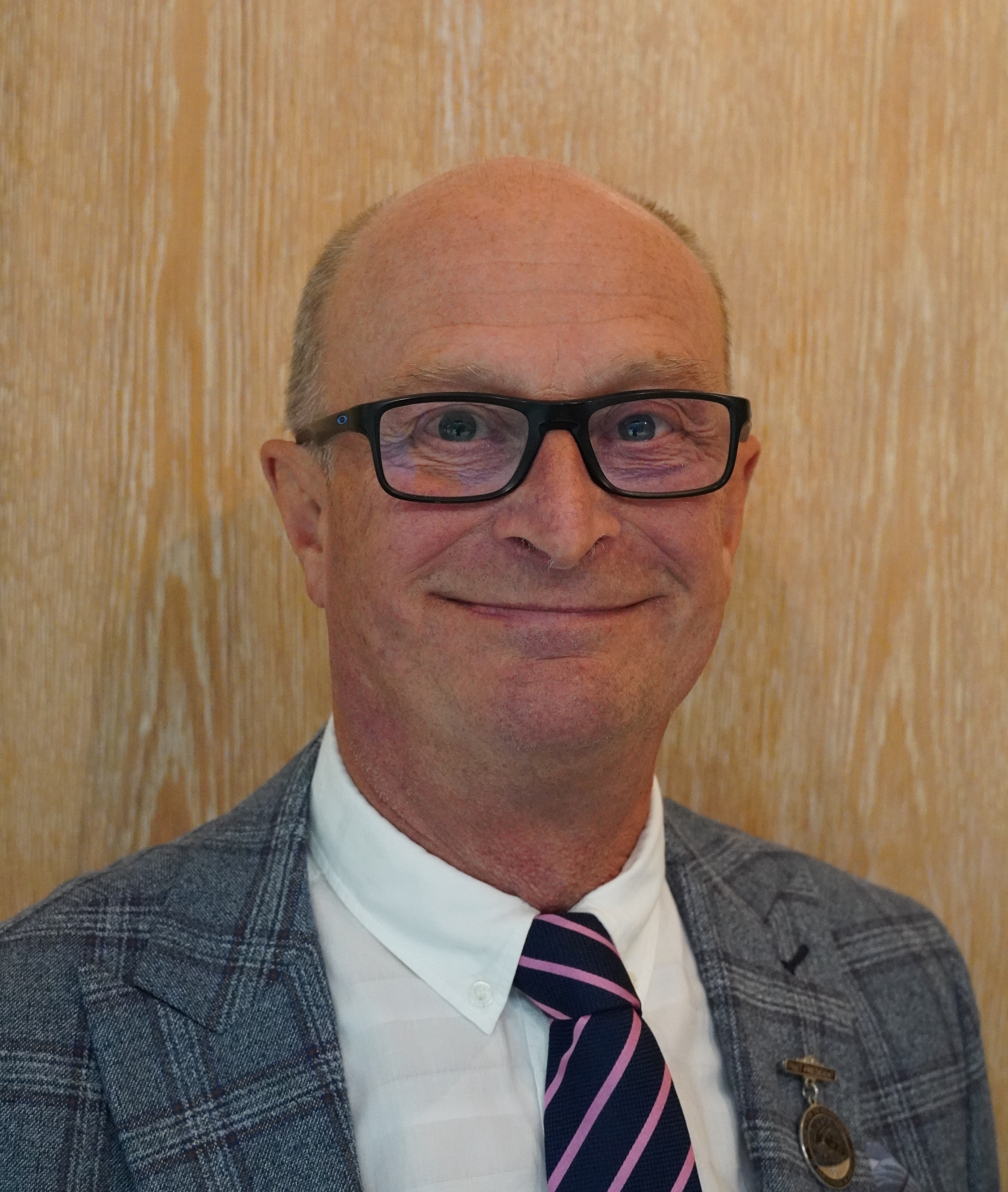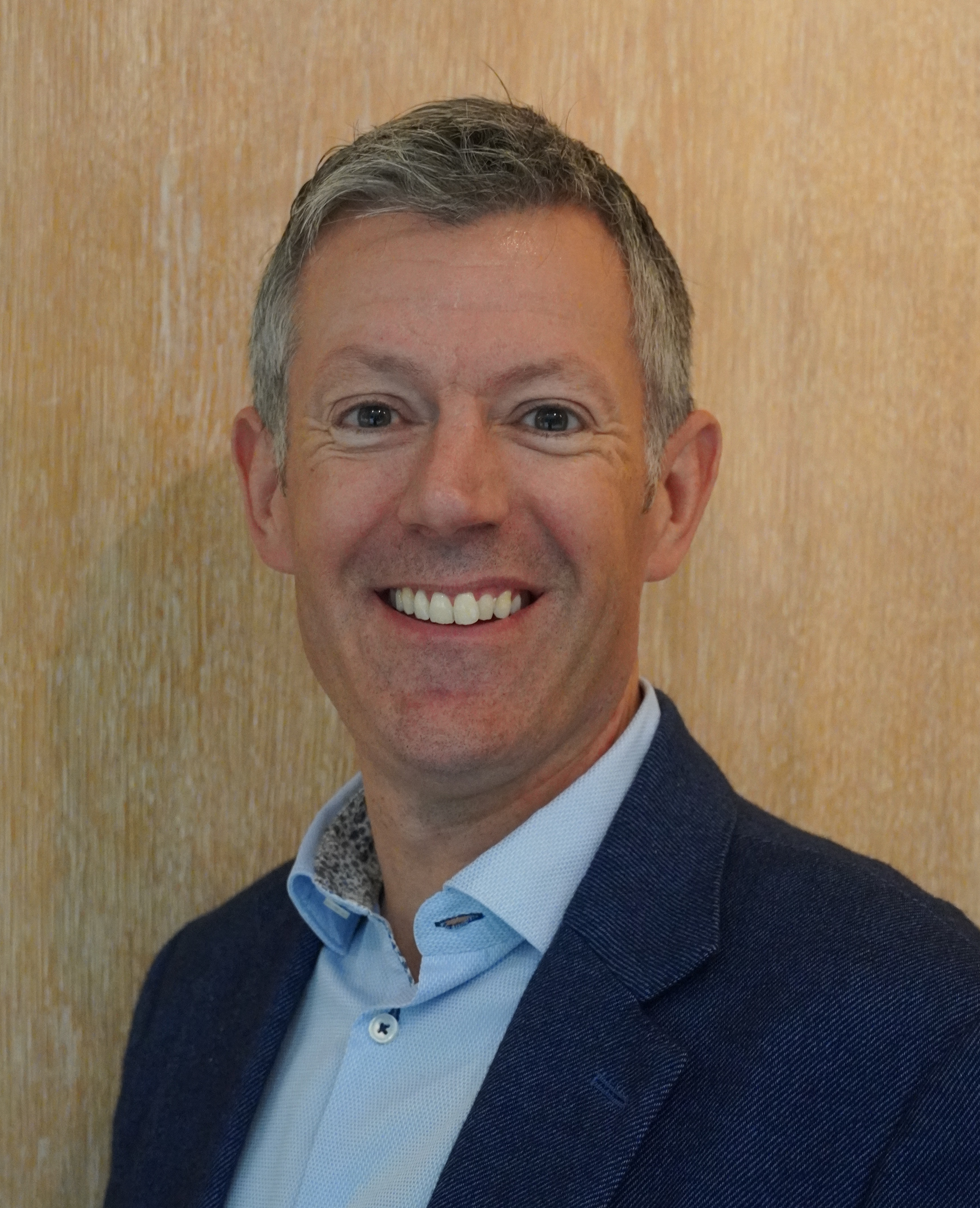Description
Safe sedation is vital to high-quality dental care. Achieving this requires validation through a structured, evidence-based framework formulated for each service. Inspection checklists alone are insufficient—effective validation must integrate quality assurance and peer review. SAAD offers established frameworks to help providers achieve and maintain high standards in conscious sedation.
A free webinar from SAAD providing one hour sedation CPD.
Don't worry if you cannot attend the live event. If you register to attend you will be sent a link to the recording and will be able to download your CPD certificate. The recording will be available for four weeks after the live event.
Speakers

Christopher Holden
Chris led a practice devoted to pain and anxiety control for over 40 years. He has been an author of many national guidance documents on dental sedation since chairing the first dental sedation standards document in 2000. His awareness and interest in quality assurance risk management is underpinned by having a variety of aircraft licences. Chris provides expert evidence in the UK, Europe and worldwide and is a past president of SAAD and of The International Federation of Dental Anaesthesiology Societies. He leads the SAAD Safe Sedation Practice Committee.

Paul Howlett
Paul works as a GDP in a private multi-disciplinary dental practice in Teesside. His specific areas of interest are managing anxious patients and more complex restorative care including dental implants. Previously, Paul spent 5 years working as part of a dedicated team providing advanced conscious sedation techniques for paediatric patients and continues to use single drug intravenous and inhalation sedation as part of his daily clinical practice. Paul has been a SAAD trustee since 2012.
Aims
- To highlight the importance of service evaluation in sedation practice
- To guide sedation teams towards appropriate validation methods
- To review the SAAD Safe Practice Scheme (SSPS)
- To introduce the SAAD Safe Sedation Certificate (SSC)
- To outline next steps for engagement, implementation and compliance
Objectives
- To align sedation services with national standards and best practice guidance
- To optimise patient outcomes and safety through effective quality assurance
- To provide reassurance and accountability for the sedation team
- To validate readiness for NHS or private contract delivery
- To support preparation for CQC (Care Quality Commission) inspections
Learning Content
- Why Validate Services?
- The Standards and Guidance Interface.
- SAAD Schemes: Inspection or Peer Review.
- Quality Assurance in Practice.
- Accessing Support.
GDC Development Outcomes
GDC Development Outcomes: A, C, D